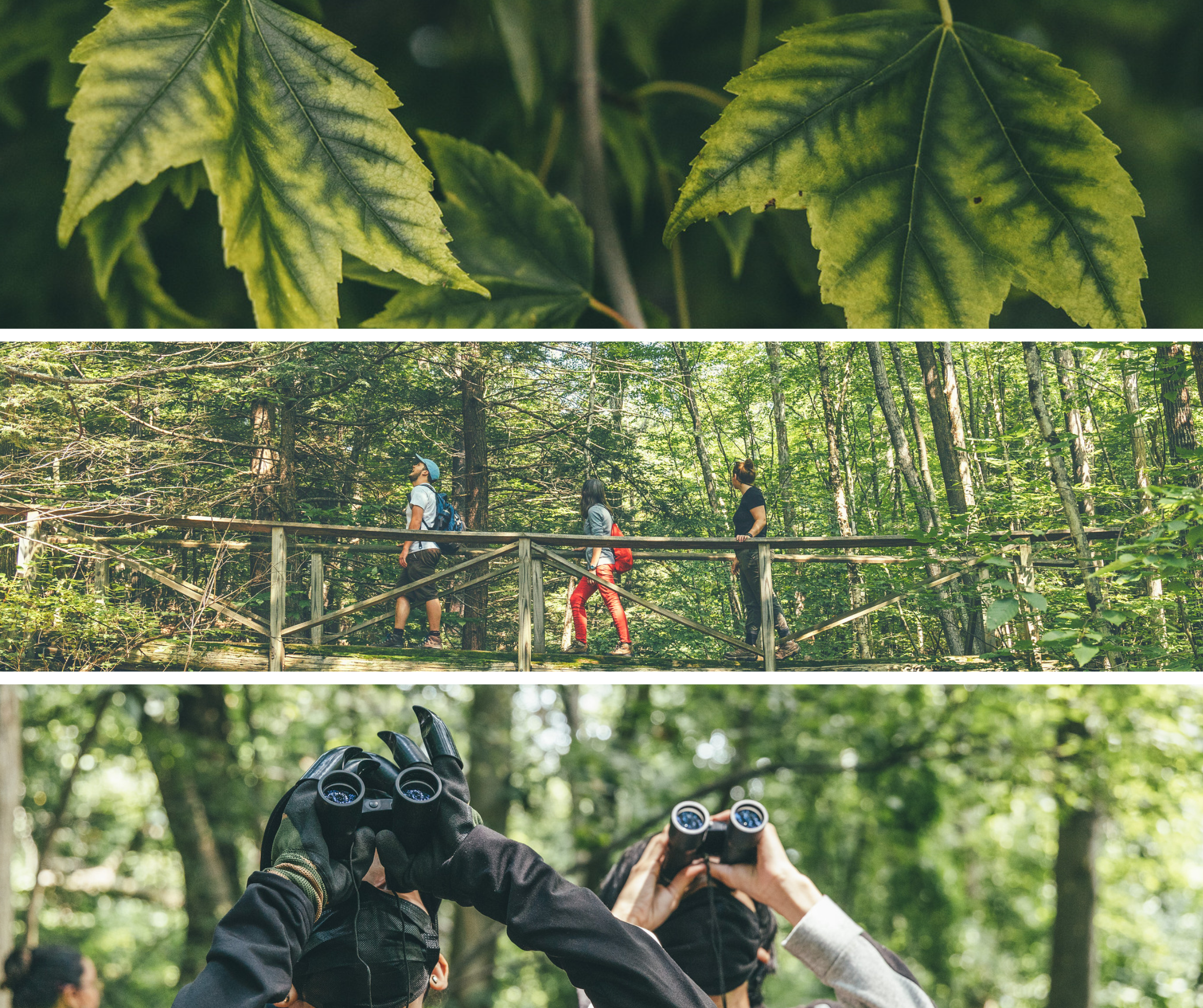By Hannah Wagner
Trees are essential to all human health. They oxygenate our air and filter our water. They improve our mood and boost our healing. Trees also make great teachers for adults and kids alike.

In support of this year’s Black History Month theme of “Black Health and Wellness,” NASF is exploring what trees and forests can teach us about the importance of diversity and inclusion. Earlier this month, NASF sat down with USDA Forest Service Chief Randy Moore and asked for his perspectives on diversity in the forestry profession. Chief Moore told us how he began his career in forestry, how his agency plans to employ trees to tackle climate change, and how forests can be a model for diversity in the workplace.
(NASF) What drew you to a career in forestry?
(Chief Moore) I grew up in an area of Louisiana where there was primarily just farming and forestry. I had no intentions of doing either while attending college, but it was apparently in my blood. I first took a job working with NRCS working with farmers and ranchers before moving to Colorado with the Forest Service. I really enjoyed both jobs. I have stayed with the Forest Service because of its mission to sustain the health, diversity, and productivity of the nation’s forests and grasslands to meet the needs of present and future generations. I love the mission as well as our motto of caring for the land and serving people.
(NASF) How has spending time in the outdoors influenced your professional trajectory?
(Chief Moore) Being able to start my career at the ground level has allowed me to see the value of accomplishing the greater good for the lands we steward and the satisfaction of our public having a quality experience. As I have progressed thru the agency, I have been able to see and understand the interdependence and connectedness of budgets and policies that help, and at times, hinder the mission. I have committed my career to maintaining and improving how this mission is delivered at the ground level.
(NASF) You have been an early advocate for using forests as a climate solution. How do you think addressing climate change can also affect environmental justice and equity?
(Chief Moore) Before climate change was in vogue, our Forest Service scientists were doing research on it and even won a Pulitzer Prize for their work. I say that to say this: as we manage current issues we must also manage with an eye toward the future. Drought, water rationing, disease and insect infestations on our nation’s forests are all side effects of climate change. As we confront these challenges, are we conscious of the impacts to socially disadvantaged communities and are we committed to mitigating them much like we do elsewhere on the landscapes? The answer is yes.
(NASF) The forestry profession has historically struggled to recruit individuals from diverse backgrounds. How would you like to see this change?
(Chief Moore) This has been an ongoing challenge with mixed success. I think one of the questions we must ask is are we willing to go into nontraditional schools and not only try and recruit but also help establish programs and curriculums to encourage students to consider a career in natural resource management? Remembering to keep an eye on the future, schools and universities should include courses on climate change, carbon sequestration, and conservation finance to name a few.
(NASF) Why do you think diversity in forestry matters?
(Chief Moore) Much like a healthy forest has diversity, so too should the workforce that manages these forests. It has been demonstrated that diversity brings strength and perspectives that add value.
Thank you, Chief Moore, for taking the time to share your insights. Only together can we tackle the ever-evolving threats to our forests. You and the Forest Service are more than partners, you are family.
Hannah Wagner, NASF’s communications coordinator, can be reached by email at hwagner@stateforesters.org.

